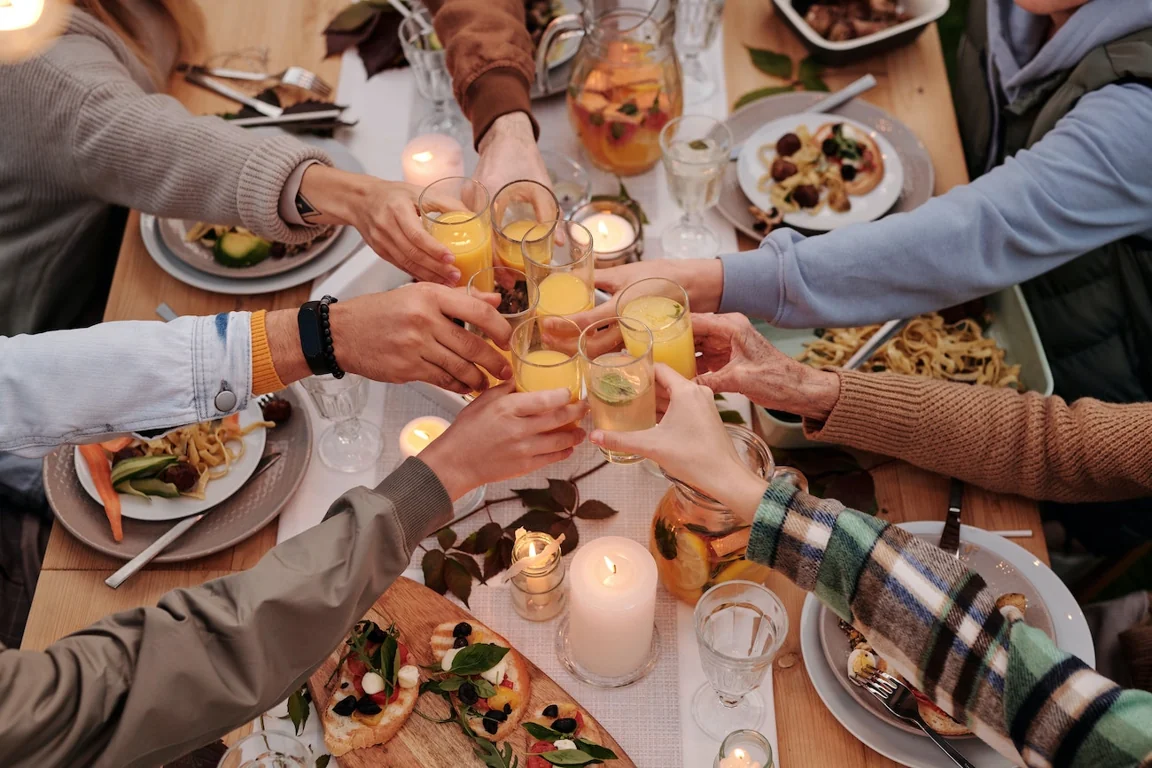Uncategorised
The most extraordinary dining clubs in history
02 Feb 2018
3m
For as long as there have been tasty treats, rich fat-cats have been intent on eating them in exclusive environments away from poor people.
The majority of these dining clubs are fairly traditional, focusing on delicious food, plentiful wine, and general merriment. However, some of the more niche groups are not content with any old culinary experience. For them, only the rarest delicacies and the weirdest ingredients will do.
Delving deep into our culinary history, we’ve taken a look at some of the strangest ever dining clubs.
1. Ichthyophagous Club
Armed with an insatiable appetite for all things aquatic and an impossible to pronounce name, the “Ichthyophagous Club” was established in 1880 with the intention of eating all things fishy. Members were committed to proving that there remained in the ocean “quite good fish left uneaten”.
Their menus regularly featured such oddities as dolphin, starfish, moonfish and manatee. For all the strange things they ate, the Ichthyophagous Club is credited with popularizing now common ingredients such as skate and squid in the American diet.
2. Acclimation Society
During the 19th Century, one Britain’s most notorious bon vivants was Oxford professor Francis “Frank” Butland. An advocate of the belief that man was entitled to dominion over “all of God’s creatures”, Butland made it his life’s mission to eat as many different animals as possible. Thus, the “Acclimation Society” was born. Meals featured, among other things, boiled porpoise head, roasted giraffe necks and rhino pie.
Though the society’s culinary creations were not always a success, no one could accuse members of pickiness when it came to their dinner.
3. The Glutton Club
The 19th Century was a golden era for supper clubs. All over the country, university students were at the forefront of this latest fashion. One advocate was a young Charles Darwin. While somewhat unenthusiastically reading “Divinity” at Cambridge, Darwin became president of the Glutton – or “Gourmet” – Club. Here, he and his fellows committed themselves to eating species not found on regular menus. After sampling hawk and bittern, the club apparently lost their zeal after trying a particularly stringy barn owl – meat that Darwin cryptically reviewed as “indescribable”.
4. The Bullingdon Club
It’s not always the food that makes for an odd culinary experience.
Founded sometime in the late 18th Century, the notorious “Bullingdon Club” of Oxford is one such example. While the club is known for decadent feasting and alcoholic indulgence, it gets its reputation from riotous, often illegal dining rituals. Members have vandalised university and private property to the extent that the club is no longer formally recognised by the university. This behaviour has since been immortalised by plays and films such as 2014’s “The Riot Club”.
5. The Beaver Club
It’s not just English universities that have contributed to dining club folklore. One of the earliest and most influential is the Canadian “Beaver Club”. Created by Montreal fur traders, the club specialised in serving Canadian delicacies to members of Montreal’s high society. Menu items included roasted bear, pemiccan and buffalo tongue and meetings observed strict traditions and regulations. Though the club fell into decline in the early 19th Century, The Beaver Club was, at least briefly, an extremely influential part of Canada’s culinary landscape.
Today, we are all very comfortable eating a fairly limited selection of ingredients. Perhaps if more of us adopted the laissez faire attitude of these gastronomic pioneers to unusual ingredients, we too would discover some unexpectedly tasty treats. At least, thanks to their dedication, we now know not to eat a barn owl.



